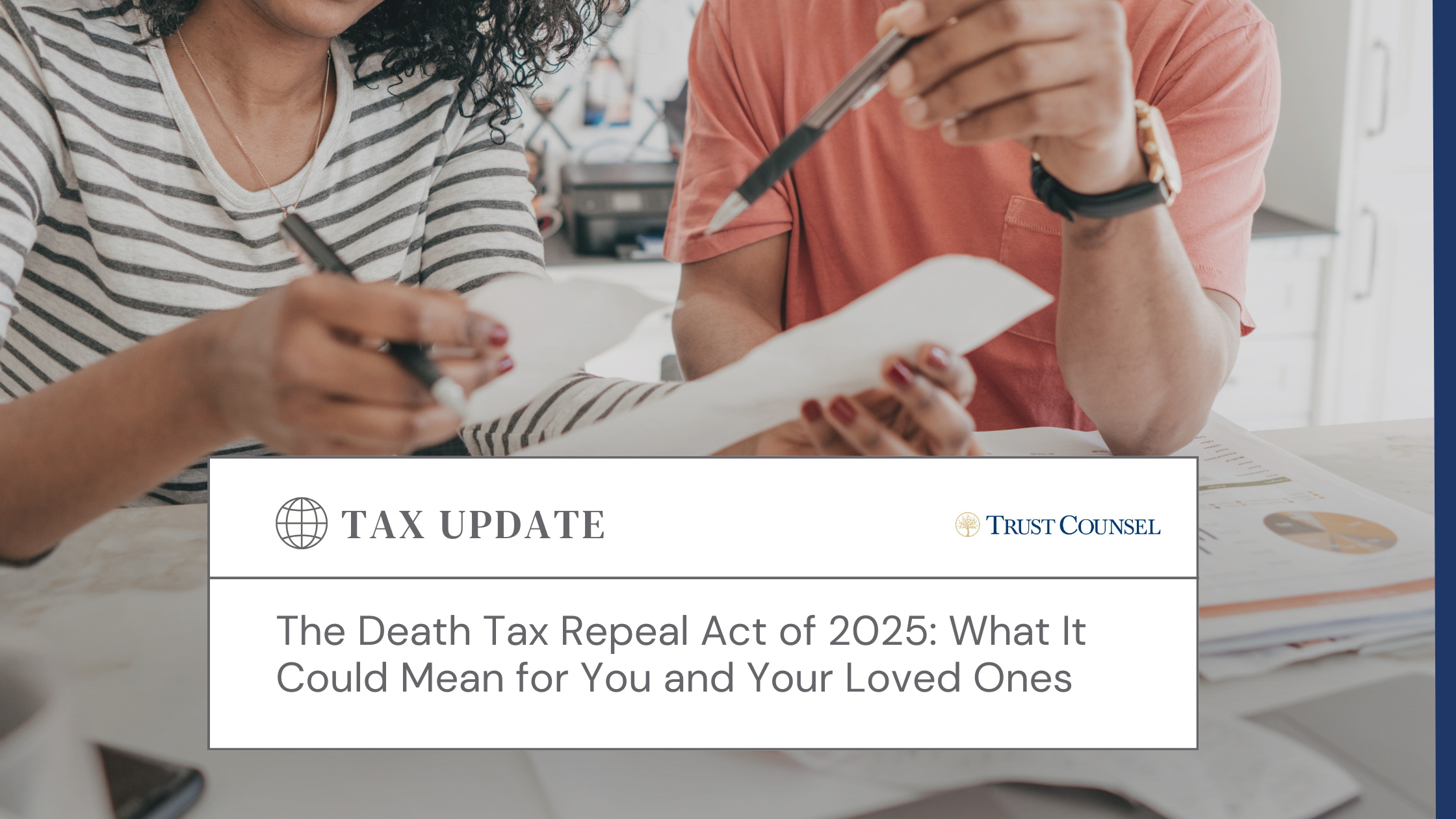The Tax Cuts and Jobs Act, P.L. 115-97, created a very attractive tax incentive for real estate investors. It created Qualified Opportunity Zones (“QOZ”) to bring private investments to low-income communities. Then, on October 29, 2018, the IRS issued proposed Regulation REG–115420–18, Investing in Qualified Opportunity Funds, to provide guidance on this new law. Additionally, the IRS scheduled a public hearing that was expected to take place on January 10, 2019. However, due to the government shutdown, the hearing was postponed to February 14. But what are QOZs and how do they work?
 QOZs are codified in the newly passed IRC Section 1400Z-2 and provide for the following key benefits: (1) the deferment of tax on gains realized and reinvested in QO Funds; (2) a step-up in basis up to 15% of the deferred gain that was invested in QO Funds; and (3) the elimination of the tax on new capital gains earned from investments held in a QO Fund for at least 10 years.
QOZs are codified in the newly passed IRC Section 1400Z-2 and provide for the following key benefits: (1) the deferment of tax on gains realized and reinvested in QO Funds; (2) a step-up in basis up to 15% of the deferred gain that was invested in QO Funds; and (3) the elimination of the tax on new capital gains earned from investments held in a QO Fund for at least 10 years.
Opportunity zones are economically distressed communities designated by the states and certified by the IRS. These zones are specially designated census tracts; a list of these tracts can be found in the Community’s Development Financial Institutions Fund website. Investors who sell assets and generate capital gains may invest those funds in QO Funds, which are either corporations or partnerships that hold at least 90% of “eligible QOZ property.” Further, eligible QOZ property includes QOZ stocks and QOZ partnership interests where the corporation or partnership operates as a QOZ Business. To qualify as a QOZ Business, the business must be a trade or business in which substantially all of the property owned or leased is qualified business property (tangible property to be used in a trade or business), and at least 50% of the income comes from the active conduct of the business.
To take advantage of the deferment benefit, investors who sell assets and generate capital gains must reinvest the gains within 180 days of the sale. The gain is deferred until the earlier of the date in which the investment in the QO Fund is sold or December 31, 2026. Besides, if the investor keeps the investment for at least five years, he will get a step-up in the basis of the investment of 10% of the deferred gain. However, after seven years, the investor is eligible for an additional 5% step-up, resulting in a total step-up of 15% of the deferred gain. Thus, an investor who sells an appreciated asset and invests it in a QO Fund can exempt up to 15% of his realized gain if he holds on to the investment for at least seven years. Finally, if the investor holds the investment for ten years or more, there will be no capital gains tax on the investment.
One important requirement to keep in mind is that only capital gains (short-term and long-term) can be invested in QO Funds. In addition, capital gains must arise from unrelated party transactions. Another key feature is that QOZ assets may be used in different types of real estate investments (residential, multifamily, office, industrial, hospitality properties, etc.), and QO Funds may be formed not only for the purpose of acquiring but also for developing and redeveloping real estate. Thus, the program will benefit both investors and communities in these QOZs. For that reason, further guidance from the IRS is highly expected. Furthermore, announced developments in these QOZ are generating a lot of expectations. This was the case of Amazon when it announced the location of its headquarters in Long Island City, in Queens, New York. However, Amazon has since announced that it will not take advantage of this program when it builds headquarters in New York City.
Additionally, the program does not limit the type of taxpayer that can benefit from this provision—so long as they recognize capital gain. Therefore, among the taxpayers that may potentially benefit are individuals, corporations, real estate investment trusts (REITs), partnerships, etc. In addition, foreign investors may benefit from the new provision. However, foreign investors are subject to additional regulation when they invest in U.S. real property interest (“USRPI”). The Foreign Investment in Real Property Tax Act of 1980 (FIRPTA) requires a 15% withholding on the disposition of USRPI. However, each individual investor should weigh the benefits of taking advantage of these new benefits according to their own circumstances.
As you can see, these rules can be complicated and adequate guidance is needed. Though the program has generated great interest in the real estate world, we must wait for further guidance. The February 14th IRS hearing was a great opportunity for investors to voice their concerns. Optimistically, QOZ final regulations will be issued by Spring 2019.





